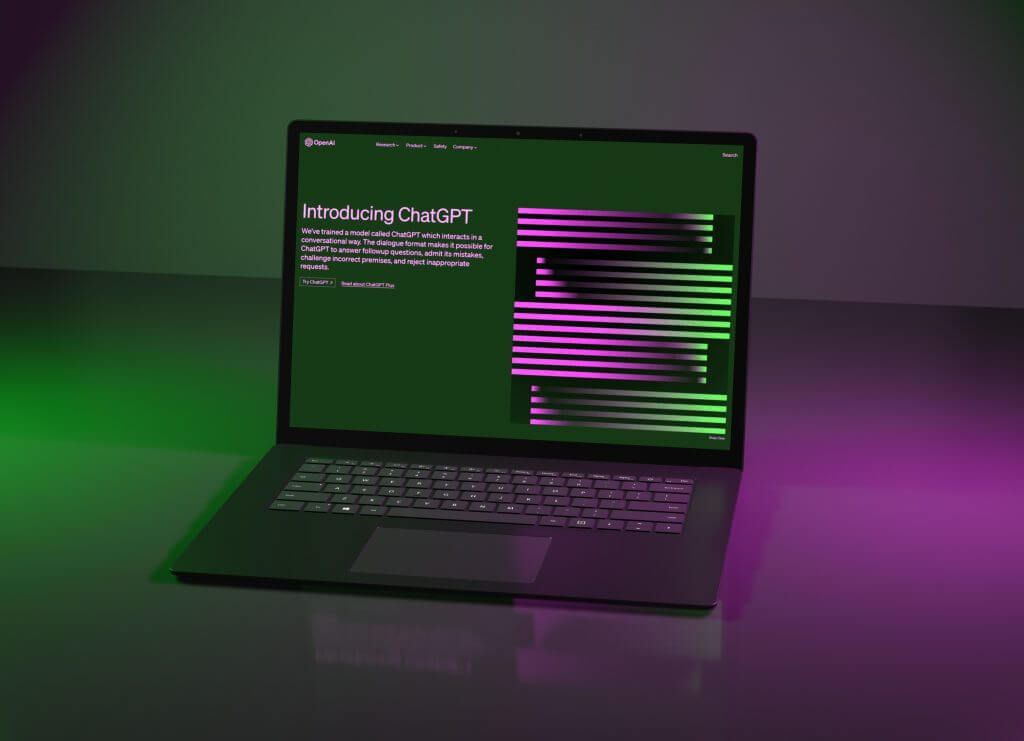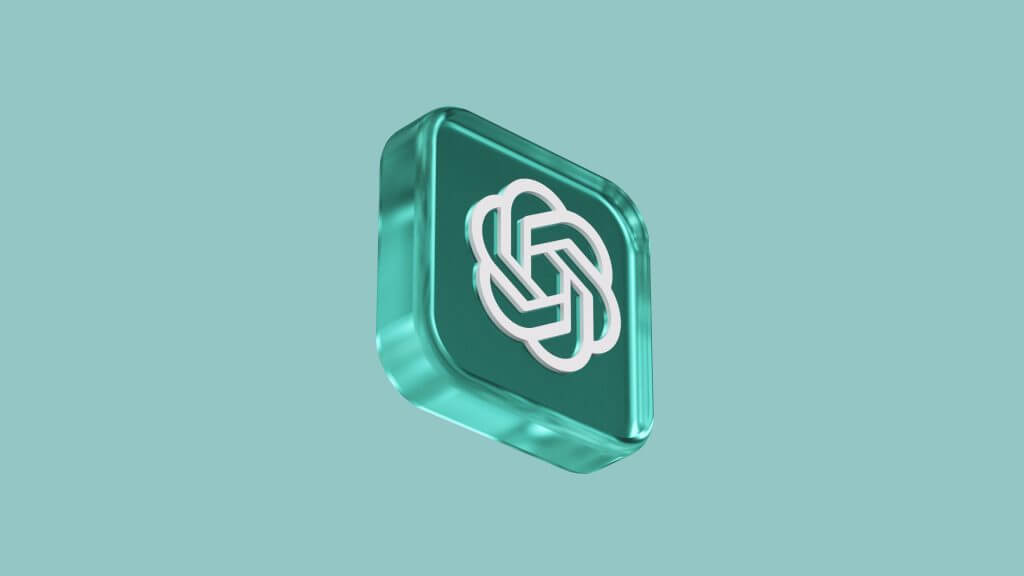7 Min Read

YouTube has become a powerhouse platform for content creators to showcase their talents, reach new audiences, and make a living doing what they love. As the platform has grown in popularity, so too has the competition, making it increasingly difficult for creators to stand out and attract viewers.
Fortunately, advances in artificial intelligence (AI) have created new opportunities for creators to optimize their content, engage with audiences, and unlock new creative possibilities. One of the most promising tools in this space is ChatGPT, an AI-powered language model that has the potential to revolutionize the way creators approach YouTube content creation.
In this article, we’ll explore ChatGPT’s role in the future of YouTube content creation, examining how it can help creators optimize their videos, generate new ideas, and engage with audiences in new and exciting ways. We’ll also discuss the advantages and potential concerns of using AI in YouTube content creation, and how creators can strike a balance between AI and human creativity in order to create engaging and innovative content.
ChatGPT’s Role in YouTube Content Creation

At its core, ChatGPT is an AI-powered language model that has been trained on vast amounts of data in order to generate human-like responses to prompts. In the context of YouTube content creation, this means that ChatGPT can be used to analyze videos, identify keywords and trends, and generate new ideas and concepts.
One of the primary ways that ChatGPT can help creators optimize their videos is through data analysis. By feeding videos into the model, ChatGPT can identify patterns in viewer behavior, such as when viewers are most likely to drop off or when they engage most with the content. This information can then be used to optimize videos for maximum engagement and retention, leading to more views and a larger audience.
Another way that ChatGPT can help creators is by generating new ideas and concepts for videos. By inputting prompts such as “What are some creative ideas for a makeup tutorial?” or “What are some trending topics in gaming?”, ChatGPT can generate a wide range of ideas that creators can then use to plan and create their content.
Finally, ChatGPT has the potential to help creators engage with their audiences in new and exciting ways. For example, the model can be used to generate responses to viewer comments, leading to more personalized and engaging interactions. It can also be used to identify common questions or concerns that viewers have, allowing creators to address these issues in future videos.
Advantages of AI in YouTube Content Creation
The advantages of using AI in YouTube content creation are numerous. For one, AI can help creators optimize their videos for maximum engagement and retention, leading to more views and a larger audience. Additionally, AI can be used to personalize content for individual viewers, increasing engagement and loyalty.
Another advantage of AI is its scalability. With the ability to analyze vast amounts of data quickly and accurately, AI can help creators produce more content in less time, freeing up resources to focus on other aspects of their channel. This scalability also makes it easier for creators to experiment with new content formats and ideas, leading to more diverse and innovative content.
Finally, AI can help creators tap into new audiences and demographics. By analyzing viewer data and generating personalized content, creators can attract viewers who may not have otherwise discovered their channel. This can lead to new opportunities for growth and monetization, as well as a more diverse and engaged audience.
Potential Concerns with AI in YouTube Content Creation
Despite the advantages of AI in YouTube content creation, there are also potential concerns that creators and audiences should be aware of. One concern is the homogenization of content, as AI-powered tools may lead to a “sameness” in content as creators rely too heavily on data analysis and automated tools. This could lead to a lack of diversity and creativity in content, as creators become too reliant on AI-generated ideas and templates.
Another concern is the potential for bias in AI algorithms. If these algorithms are trained on biased data sets or reflect the biases of their creators, they may perpetuate harmful stereotypes or exclude certain groups of viewers. Creators should be mindful of these risks and take steps to ensure that their use of AI is inclusive and reflective of diverse perspectives.
Finally, there is the question of whether AI-powered content will be as engaging and authentic as content created by humans. While AI can certainly help creators optimize their content and generate new ideas, there is a risk that the resulting content may feel sterile or impersonal. Creators should strive to strike a balance between the benefits of AI and the unique creativity and authenticity that only humans can bring to content creation.
In conclusion, the potential of AI in YouTube content creation is vast, and ChatGPT is just one example of the many AI-powered tools that creators can use to enhance their videos. While AI can help with optimization, idea generation, and audience engagement, it is crucial to remain aware of the potential risks and concerns that come with this technology. Creators should strive for a balance between AI and human creativity to ensure that their content is engaging and authentic.
Looking ahead, the future of YouTube content creation is bright and full of exciting possibilities. AI-driven tools and platforms are sure to continue shaping this space, offering creators new ways to optimize their content and engage with audiences. As AI technology continues to evolve, we can expect to see even more advanced tools emerge that will revolutionize content creation on YouTube.
Despite the increasing role of AI in content creation, it is important for creators to continue pushing the boundaries of what is possible on YouTube. By leveraging the power of AI to enhance their creative process, creators can continue to innovate and create content that captivates audiences. As a digital agency, we encourage creators to stay up-to-date with the latest AI-driven tools and platforms, and to experiment with them in order to unlock their full potential.
In conclusion, the future of YouTube content creation is bright, and AI will undoubtedly play a major role in shaping it. By staying ahead of the curve and leveraging the power of AI to enhance their creative process, creators can continue to push the boundaries of what’s possible on YouTube and captivate audiences in new and exciting ways.
Related articles:
https://digfinity.com/mastering-the-art-of-content-creation-with-chatgpts-ai-writing-assistance/
https://digfinity.com/unlocking-the-power-of-ai-the-future-of-seo/
https://digfinity.com/google-clouds-latest-ai-tools-to-boost-customer-experience-for-retailers/
https://digfinity.com/the-power-of-ai-in-email-marketing-how-machine-learning-boosts-your-campaigns/
https://digfinity.com/using-chatgpt-4-to-optimize-voice-search-for-seo/



